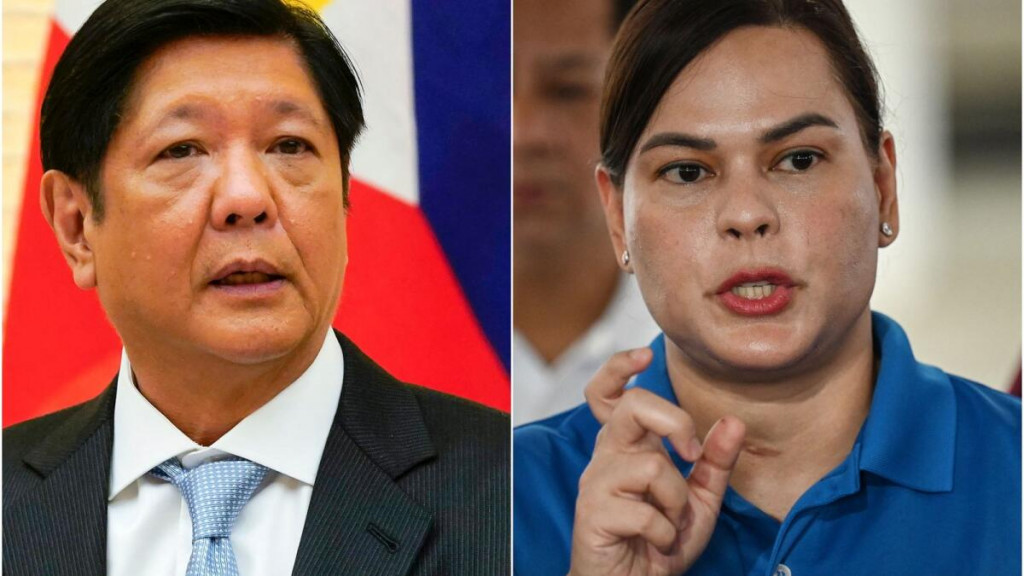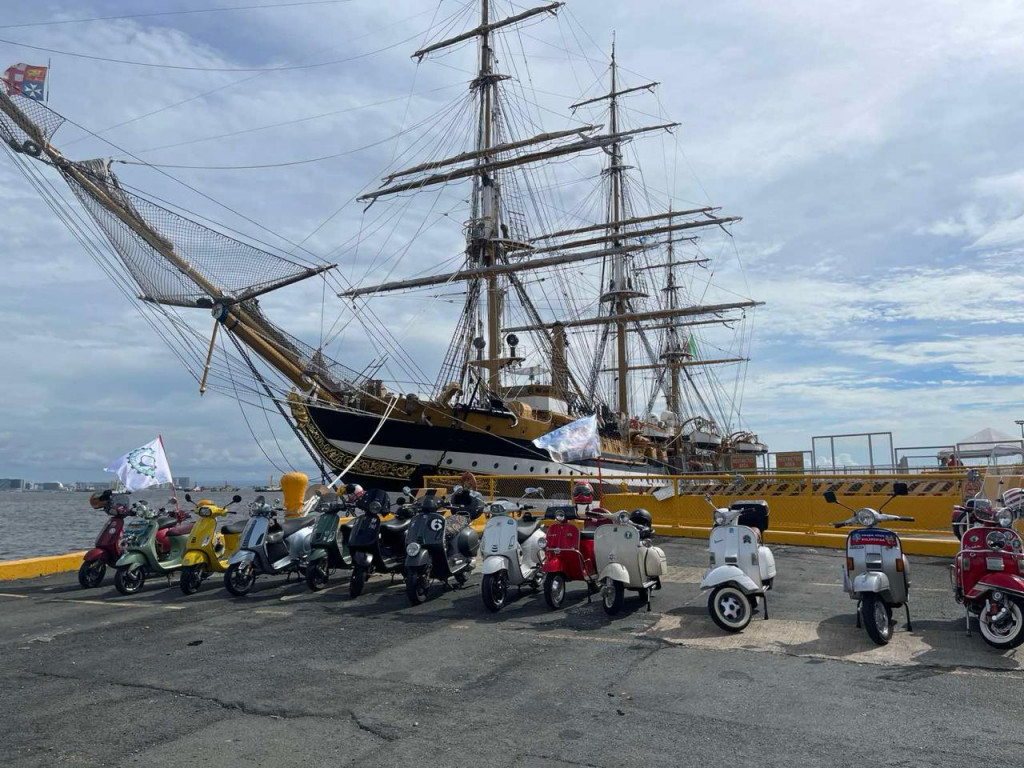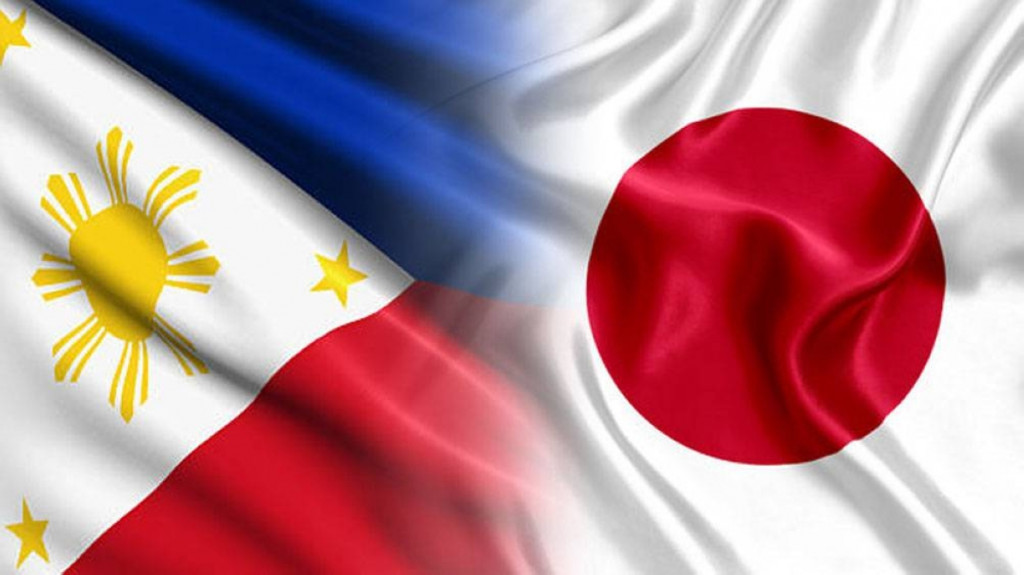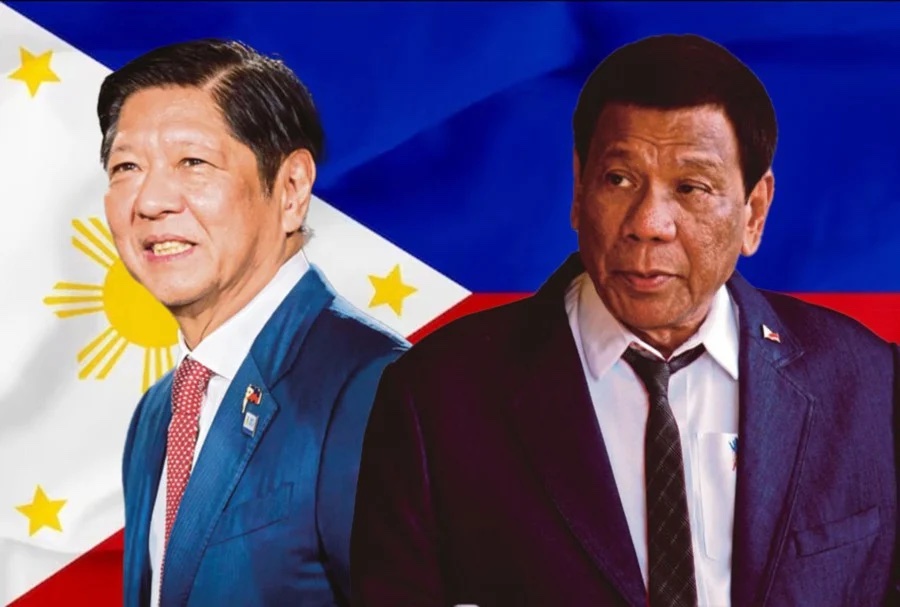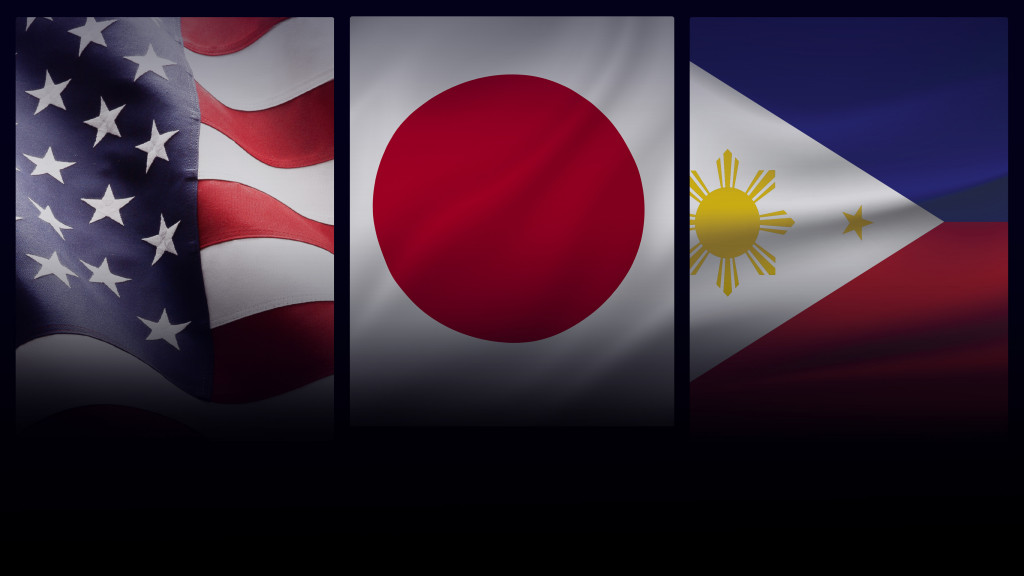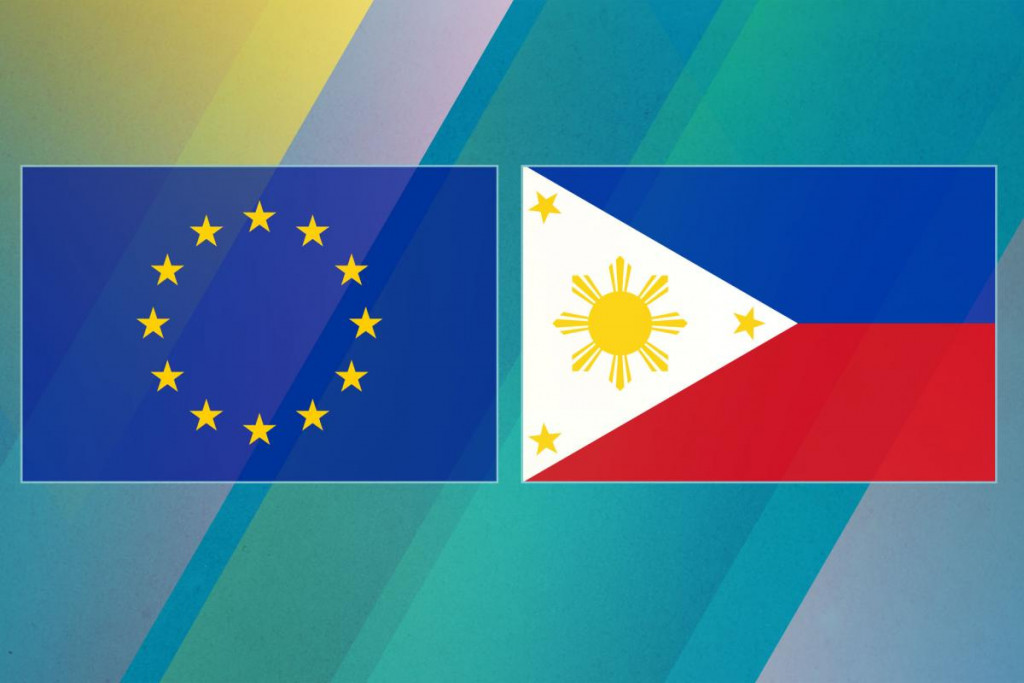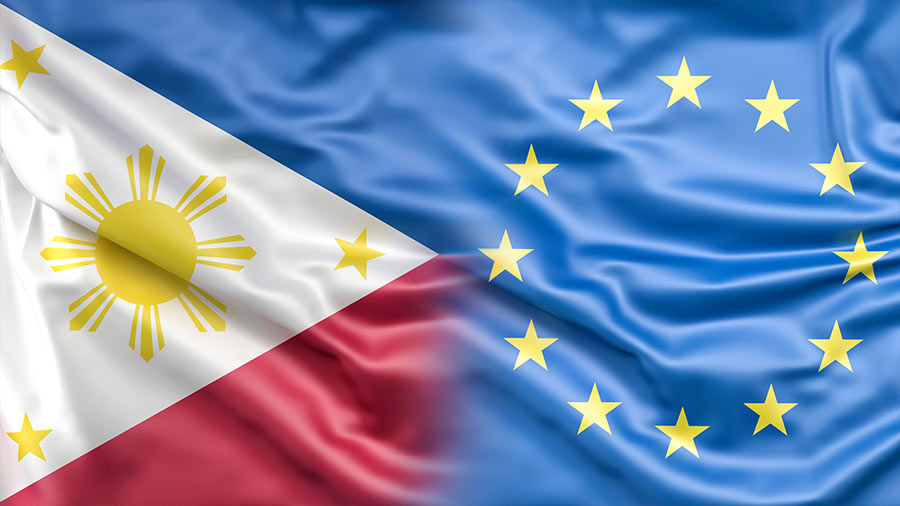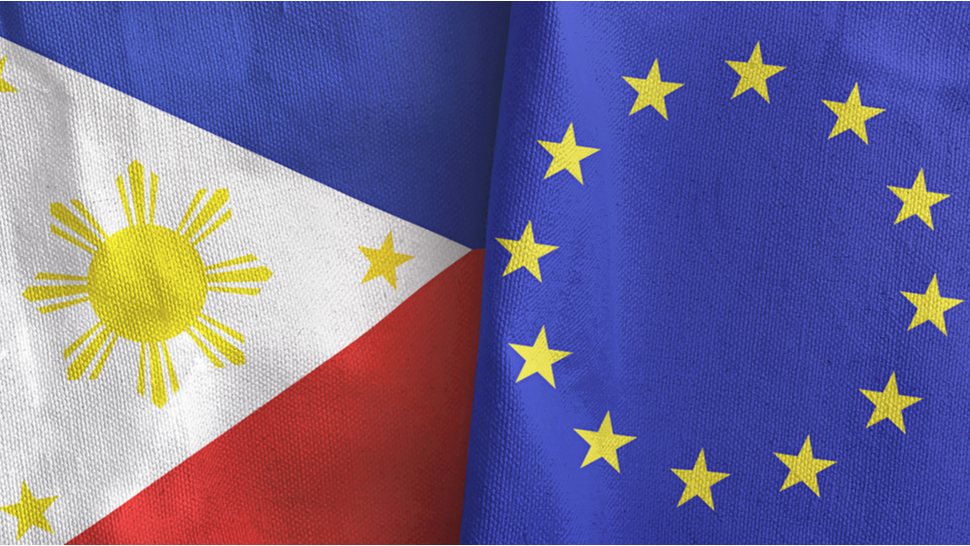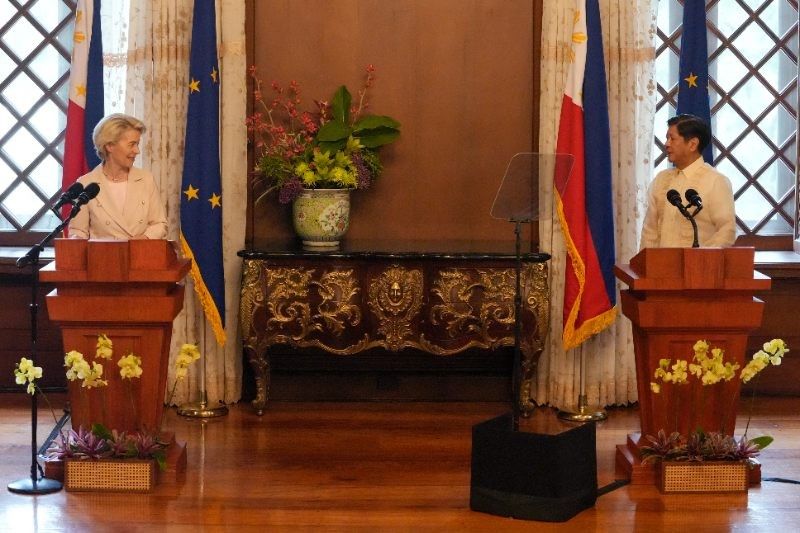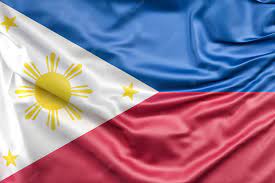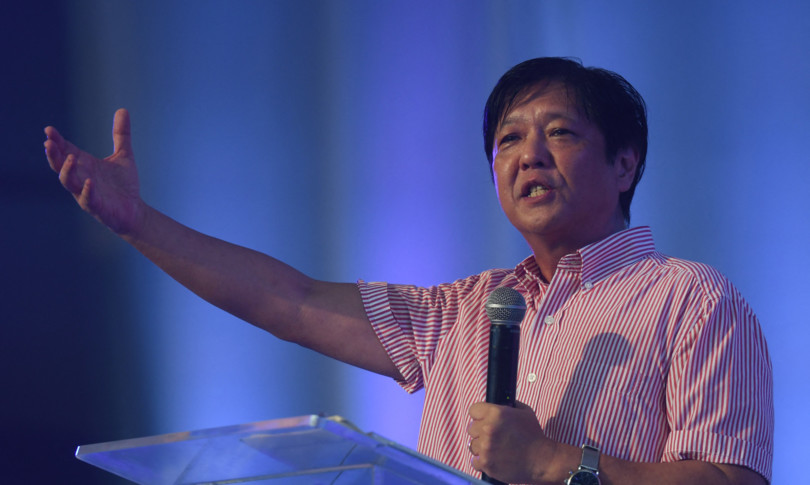Le elezioni di metà mandato faranno da sfondo allo scontro tra le due famiglie più importanti del Paese, che esprimono rispettivamente il presidente e la vicepresidente
By Francesco Mattogno
È in un contesto politico movimentato che le Filippine sono entrate nel 2025, un anno elettorale. Il 12 maggio il Paese sarà chiamato a rinnovare tutti i 317 seggi della Camera dei Rappresentanti nazionale, 12 dei 24 senatori e oltre 18 mila posizioni a livello locale per le elezioni di metà mandato, che cadono esattamente a tre anni dal voto delle presidenziali del 2022. All’epoca il Presidente Ferdinand “Bongbong” Marcos Jr. e la Vicepresidente Sara Duterte correvano insieme nel cosiddetto “Uniteam”, sostenendosi a vicenda nelle rispettive candidature alla presidenza e alla vicepresidenza (nelle Filippine l’elezione del presidente e del vice avviene con due voti separati, e il presidente può restare in carica per un solo mandato di 6 anni).
Si trattava di un’alleanza di comodo tra quelle che erano – e sono – le due famiglie più potenti del paese. Una aveva appena espresso il presidente, Rodrigo Duterte, in carica dal 2016 al 2022 e capostipite di un clan che governa la città di Davao, nel sud delle Filippine, dalla fine degli anni Ottanta. L’altra era composta dagli eredi del dittatore Ferdinand Marcos (padre di Bongbong, al potere dal 1965 al 1986), desiderosi di tornare alla ribalta in campo nazionale dopo decenni di dominio locale nella provincia di Ilocos Norte. Alla fine hanno avuto ragione entrambe, con Bongbong e Sara usciti nettamente vincitori dalle urne.
Nonostante i buoni propositi per una proficua collaborazione, però, l’Uniteam non ha retto alla prova di governo e si è sfaldato, un pezzo alla volta. Le recenti dichiarazioni di Sara Duterte rappresentano solo l’ultimo atto di una guerra dinastica cominciata a poche settimane di distanza dal voto e che ha poco a che fare con la politica, o il buon governo. Tra Marcos e il suo predecessore, Rodrigo Duterte, c’è piena continuità su buona parte delle questioni interne, dalla gestione dell’economia alle enormi lacune nel rispetto dei diritti umani.
L’unica vera differenza sta nella politica estera. Le Filippine di Marcos hanno abbandonato l’approccio morbido e remissivo di Duterte con la Cina, che nel mar Cinese meridionale rivendica come propri parte dei territori internazionalmente riconosciuti all’interno della Zona Economica Esclusiva filippina, per spostarsi su una posizione più assertiva a difesa dei propri confini marittimi, allineata agli interessi degli Stati Uniti. Si è trattato di un cambio di atteggiamento radicale che da un lato ha incrinato i rapporti tra Manila e Pechino e dall’altro ha generato una serie di ripercussioni interne, tra cui lo smantellamento delle organizzazioni criminali cinesi legate in particolare alle truffe e al gioco d’azzardo (le cosiddette POGOs), considerate molto vicine alla famiglia Duterte.
In un Paese in cui le dinastie politiche dominano da sempre il panorama politico, locale e nazionale, lo scontro per il potere tra i Duterte e i Marcos si è spostato in parlamento. Diverse commissioni interne alle due camere hanno aperto un’indagine a carico di Rodrigo per definire la portata della sua “guerra alla droga” (si parla di almeno 30 mila uccisioni extragiudiziali di spacciatori e consumatori: rischia di essere formalmente accusato di crimini contro l’umanità) e contro Sara per fare chiarezza sull’uso dei fondi pubblici destinati ai suoi uffici, che si ritiene siano stati usati per scopi personali.
Il potenziale abuso dei finanziamenti pubblici e le recenti minacce verso Marcos hanno portato il parlamento ad avviare tre procedure di impeachment contro Sara Duterte, che fa ampio uso di una retorica populista per mostrarsi all’opinione pubblica come la vittima di una persecuzione politica orchestrata dal presidente. Quello della disinformazione, delle fake news e dei contenuti fuorvianti sui social rappresenta un problema serio per molti degli osservatori delle Filippine, che temono il ripetersi di quanto già accaduto durante le elezioni del 2022, quando TikTok risultò molto importante per riabilitare l’immagine della famiglia Marcos e spianare la strada a Bongbong verso il palazzo presidenziale.
Intanto, mentre avanza lo scontro dinastico, fuori dalle sale del potere oltre la metà delle famiglie filippine si descrive come “povera” e milioni di persone faticano ad arrivare a fine mese. Marcos ha finora disatteso gran parte delle sue promesse economiche, in particolare riguardo il contrasto alla povertà, e le principali preoccupazioni dei cittadini restano legate all’inflazione, al basso livello dei salari e alle difficoltà nel trovare lavoro. Sotto Marcos, ad esempio, il contributo della manifattura al PIL filippino è sceso al 18%, il livello più basso dalla seconda guerra mondiale.
Al governo si contestano anche l’inadeguata risposta alle emergenze provocate dai tifoni (e in generale i carenti sforzi nel contrasto al cambiamento climatico), la continua repressione di attivisti e giornalisti e il prosieguo, seppur in modi molto più contenuti, della guerra alla droga di Duterte. La coalizione di sinistra Makabayan proverà a capitalizzare la frustrazione contro le élite al potere, cercando soprattutto di sfondare al senato, ma nonostante tutto sia i Marcos che i Duterte mantengono una buona base di sostenitori e saranno difficili da scalfire, per quanto il loro indice di gradimento sembri essere entrato in una fase calante. Entrambi i clan nel 2025 candideranno cinque componenti della famiglia, tra elezioni locali e nazionali, e Rodrigo Duterte correrà nuovamente a sindaco di Davao, città che ha già governato per vent’anni.
Lo scenario più probabile è che le elezioni di metà mandato faranno nuovamente da sfondo a uno scontro tra dinastie politiche, durante il quale sia i Marcos che i Duterte proveranno a consolidare il proprio potere in vista del 2028, senza reali contendenti fuori dal cerchio dei grandi clan delle Filippine. E dunque senza una vera alternativa.

